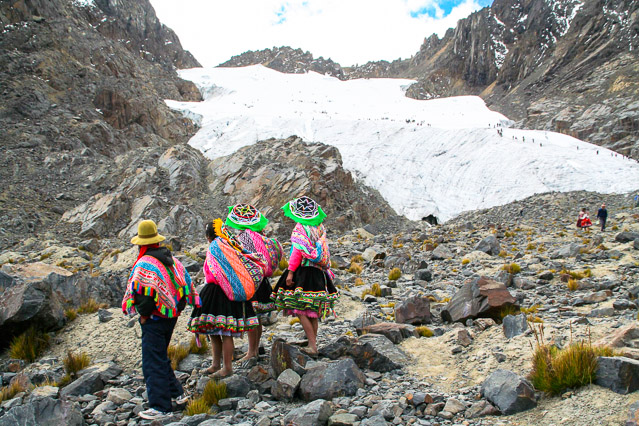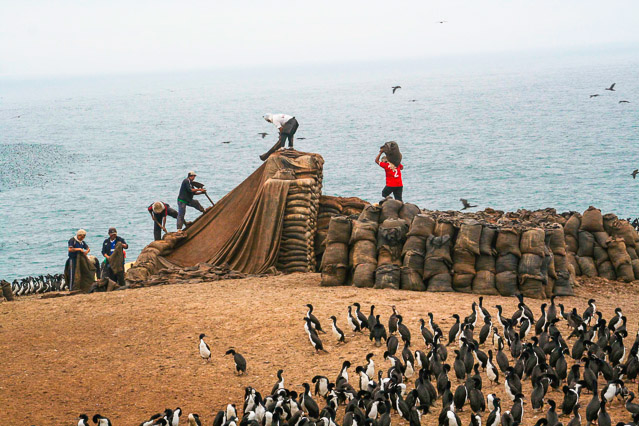Water and winds
Sunday, September 29, 2013
The Amazon watershed lies in the tropics, the band around the equator from 30 degrees north latitude to 30 degrees south, which receives more solar radiation than any other place…
The Amazon watershed lies in the tropics, the band around the equator from 30 degrees north latitude to 30 degrees south, which receives more solar radiation than any other place…
The Amazon basin is the largest watershed on Earth. It provides about 20 percent of all fresh water flowing from continents into the oceans, and discharges more water per second…
The cold Pacific or Humboldt Current is the reason why Peru’s coast is so dry. Moisture evaporating from the ocean is absorbed by the warmer air over land,…

The Andes are topped by the largest concentration of ice anywhere in the Earth’s tropics (the belt around the middle of the planet, between 30 degrees North and 30 degrees…

Along the Peruvian coast is a string of rocky islands and peninsulas that are home to guanay cormorants, boobies, and pelicans. The birds leave the islands every morning…
The coastal ecosystems and the civilizations that flourished on the Peruvian coast have been shaped by Pacific currents. The Peruvian or Humboldt Currentflowing northward along the coast of South America,…
The uplifting of the Andes Mountains formed an unusual ecosystem on the eastern slope of the range, where the headwaters of the Amazon River system lie. The east-west winds that blow over South America pick up…
We call our planet Earth, but we tend to forget that it is really mostly water. And what is the state of the world’s marine environments? A new Ocean…